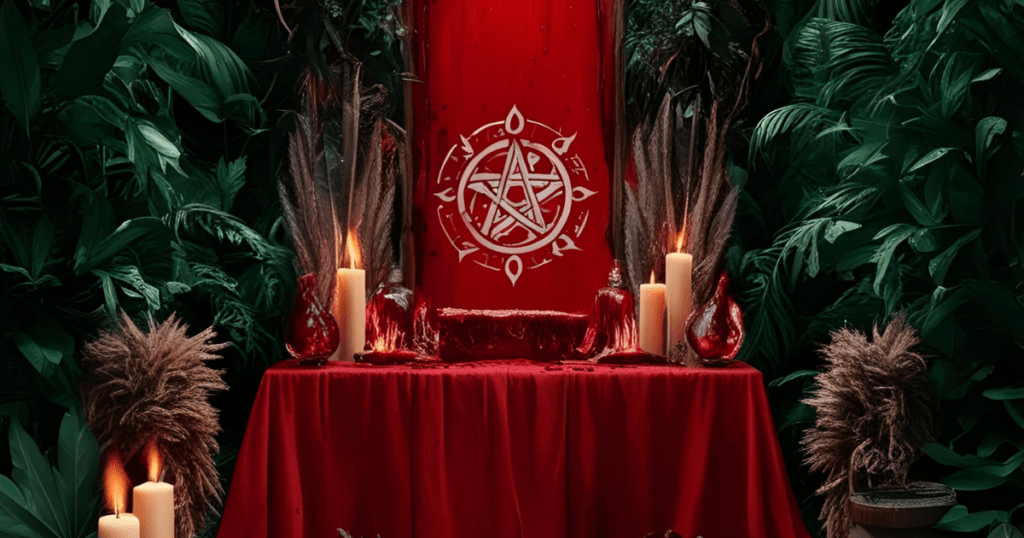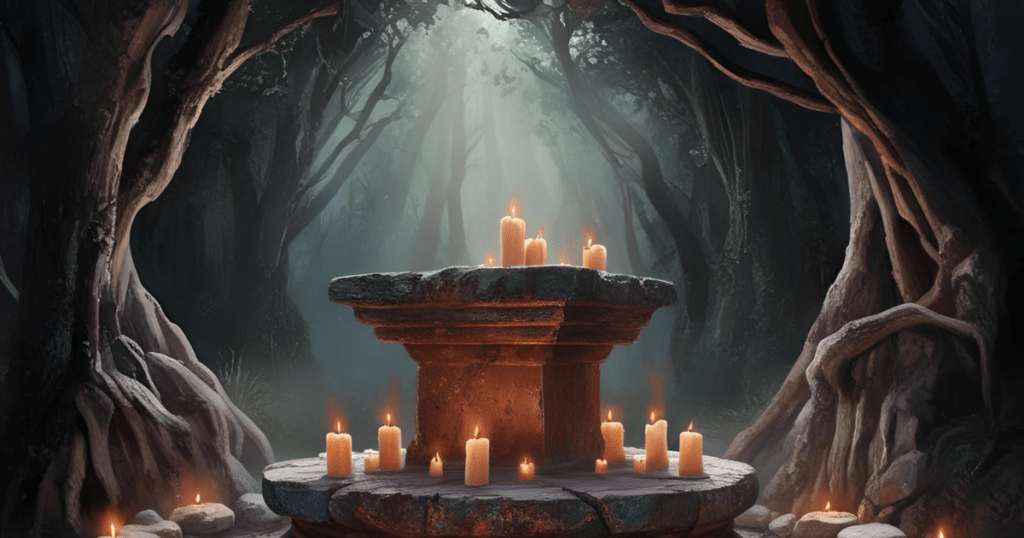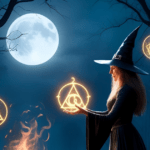Throughout history, offerings of blood and stone played a crucial role in pagan rituals. These acts of devotion honored the gods, sought protection, and strengthened the bond between humanity and the divine.
Yet, many of these sacred rites have been lost to time, buried beneath layers of history and shifting beliefs.
The Symbolism of Blood in Pagan Worship

Blood has long been seen as a conduit of life and power. Many ancient cultures believed that offering blood, whether from animals or a symbolic drop from the practitioner, strengthened the connection to the spirit world. From Norse blóts to Mesoamerican bloodletting, these acts were expressions of devotion and renewal.
Sacred Stones: Carvings, Altars, and Energy Centers
While blood offerings were seen as a gift of life, stone offerings represented endurance and spiritual grounding. Megalithic structures, sacred cairns, and hand-carved talismans carried the prayers of their makers, standing as eternal testaments to their faith.
Some were left in holy places as tributes to deities, while others marked sites of deep spiritual power.
Rituals of Sacrifice and Sacred Gifts
Offerings varied by culture and deity. Some traditions called for personal sacrifice, fasting, abstinence, or symbolic bloodletting while others left material gifts like weapons, jewelry, or food at sacred sites. The act of giving was seen as a way to ensure balance, respect, and harmony between the mortal and divine realms.
How These Traditions Have Evolved
While the ancient forms of blood and stone offerings have largely faded, their essence remains in modern pagan practices.
Today, practitioners may leave natural offerings, use symbolic red wine in place of blood, or dedicate personal sacrifices in meditation and ritual. The intent remains the same: to show devotion, gratitude, and respect to the unseen forces of the world.
Honoring the Old Ways in Modern Practice
Reconnecting with these ancient traditions doesn’t require drastic measures. Simple acts like leaving a stone at a sacred site, lighting a candle with intention, or making personal commitments in honor of the gods continue the legacy of our ancestors.
The spirit of offering lies not in blood or stone alone, but in the sincerity of the act.
The forgotten offerings of blood and stone tell a story of devotion, sacrifice, and deep spiritual connection. By understanding and honoring these ancient rites, we carry forward the reverence of those who walked before us, keeping the sacred bonds alive in our modern world.



